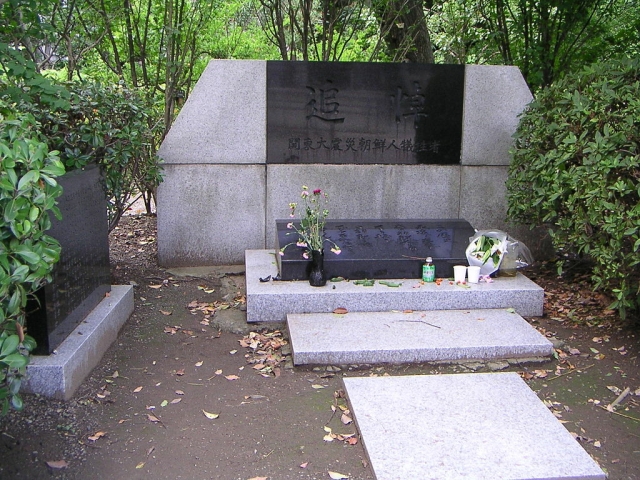Search
Items tagged with: play
Today in Labor History September 15, 1923: Osugi Sakae and his partner Noe Itō, both anarchists and feminists, were murdered by the Japanese military, during the 3-week long Kantō Massacre. They also murdered Osugi’s six-year-old nephew, who had dual US-Japanese citizenship. Over the course of the massacre, Japanese authorities slaughtered over 6,000-9,000 ethnic Koreans, along with Japanese political dissidents. The massacre began on September 1, 1923, the same day as the Great Kanto Earthquake, a magnitude 7.8-8.2 temblor that killed up to 140,000 people and destroyed much of Tokyo, Yokohama and Chiba. The massacre began as a pogrom against Korean immigrants who worked in the Kanto region. Korean labor unions had organized a very effective food relief program to serve quake victims. The police considered them a den of socialists. Many were members of the Korean Independence movement and had been organizing to end Japanese colonial rule. On September 2, police began spreading false rumors that Koreans had been seen carrying gasoline cans in preparation for burning down Japanese neighborhoods, and that Koreans were raping Japanese women. In Yokohama, Kanagawa and Tokyo, police gave residents permission to kill Koreans. The police even formed their own vigilante gangs in some towns. The police and army also used the ongoing violence as justification and cover as they slaughtered union leaders, communists and anarchists. The great film maker, Akira Kurosawa, who was a child at the time, was horrified by the event. “With my own eyes I saw a mob of adults … chasing a bearded man, thinking someone with so much facial hair could not be Japanese....Simply because my father had a full beard, he was surrounded by a mob carrying clubs.”
The massacre is still denied to this day by many mainstream politicians. As recently as August 30, 2023, just before the 100th anniversary of the massacre, Chief Cabinet Secretary Hirokazu Matsuno said that the government believed there was no adequate evidence that the massacre occurred. In 2017, the Cabinet Office removed historical evidence and acknowledgement of the massacre from their website. In 2022, Tokyo mayor Yuriko Koike refused to send a commemorative message for the sixth year in a row. She has argued that the occurrence of a massacre was a matter of historical debate. In July 2020, Koike was re-elected as mayor of Tokyo in a landslide victory. Annual events to commemorate the massacre are regularly met with counterprotests, sometimes violent.
Novelist Ushio Fukazawa, a Zainichi Koreans (Korean nationals living in Japan, prior to World War Two, and their descendants), wrote about the massacre in the 2015 novel “Green and Red.” There have also been several plays written about the massacre, translated into Esperanto. Osugi Sakae, the anarchist assassinated in the massacre, was Japan’s first Esperanto teacher.
#workingclass #LaborHistory #japan #korea #earthquake #massacre #pogrom #racism #anarchism #feminism #union #tokyo #esperanto #books #novel #play #writer #author @bookstadon

